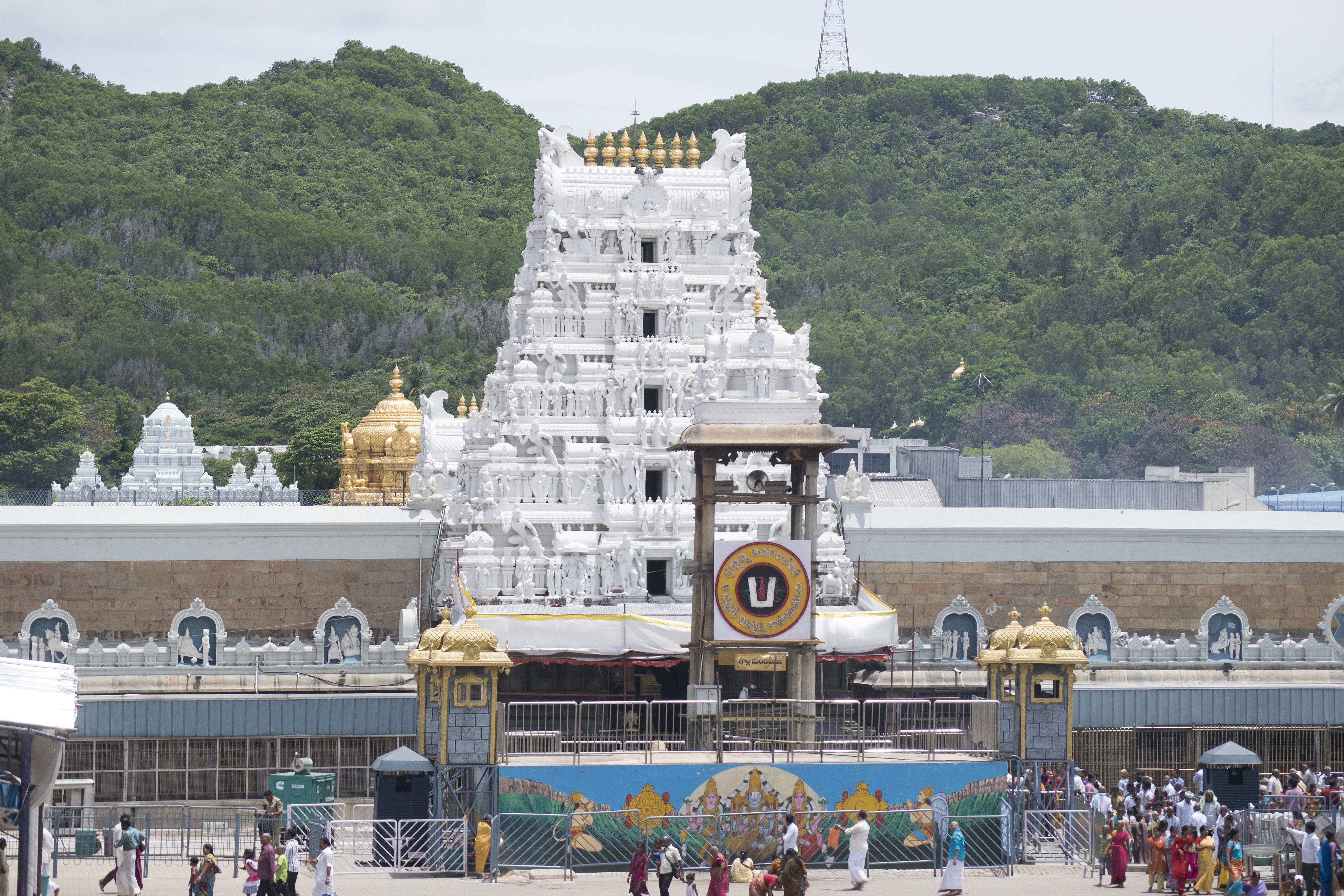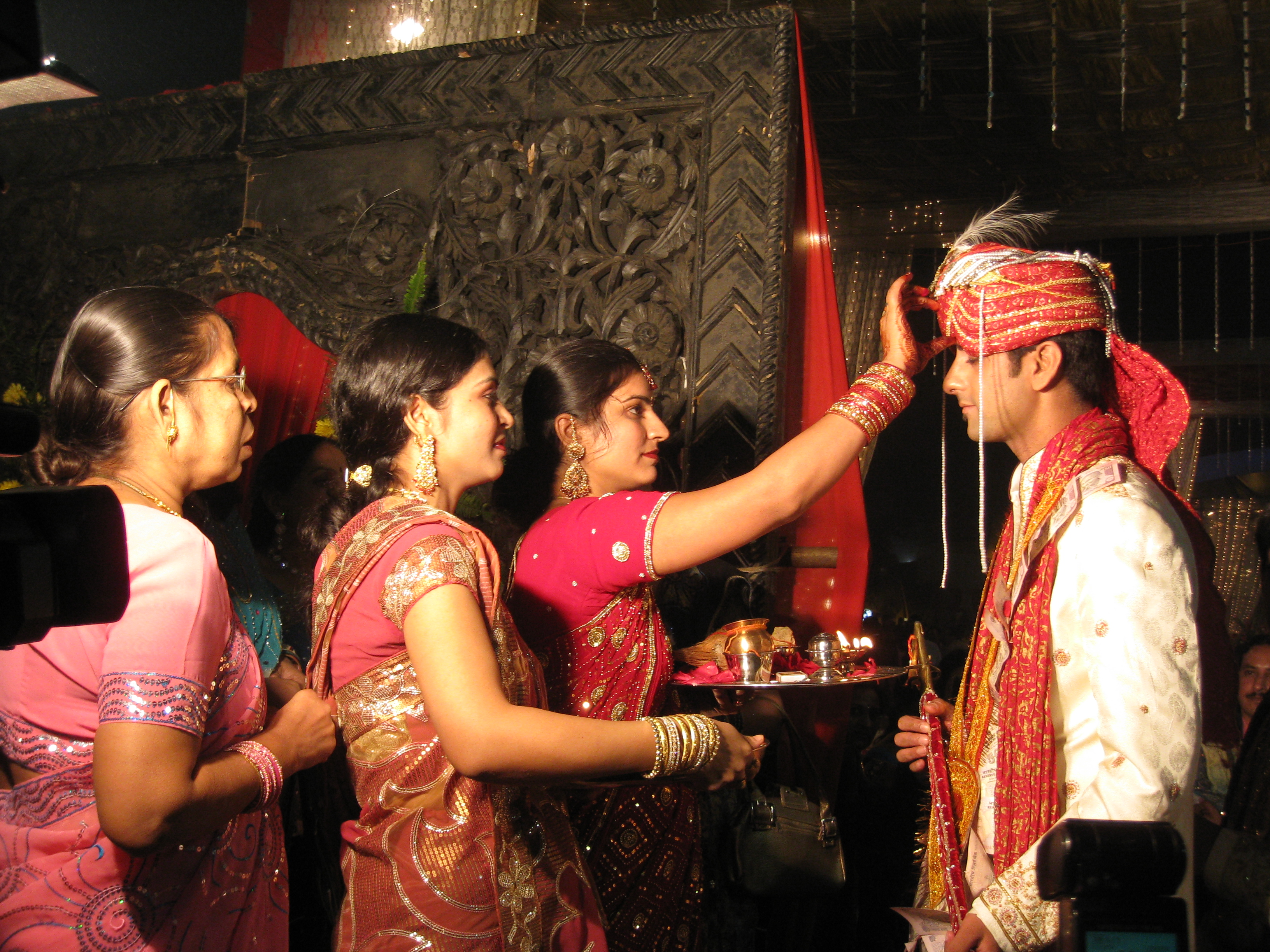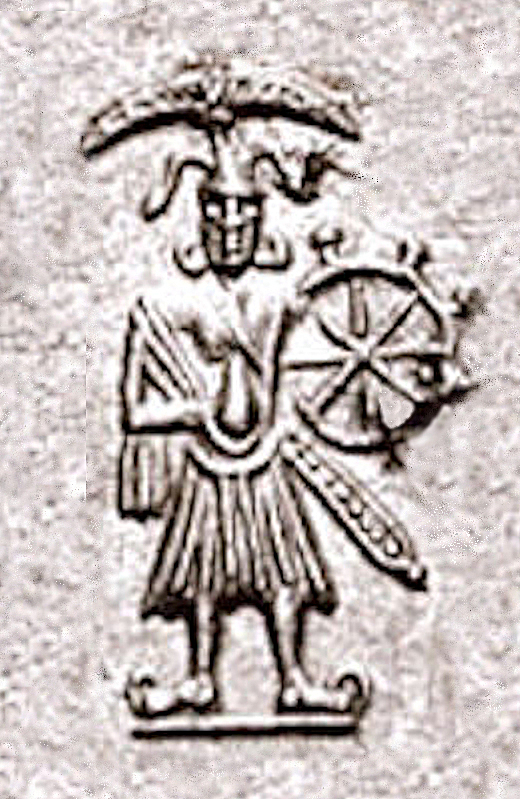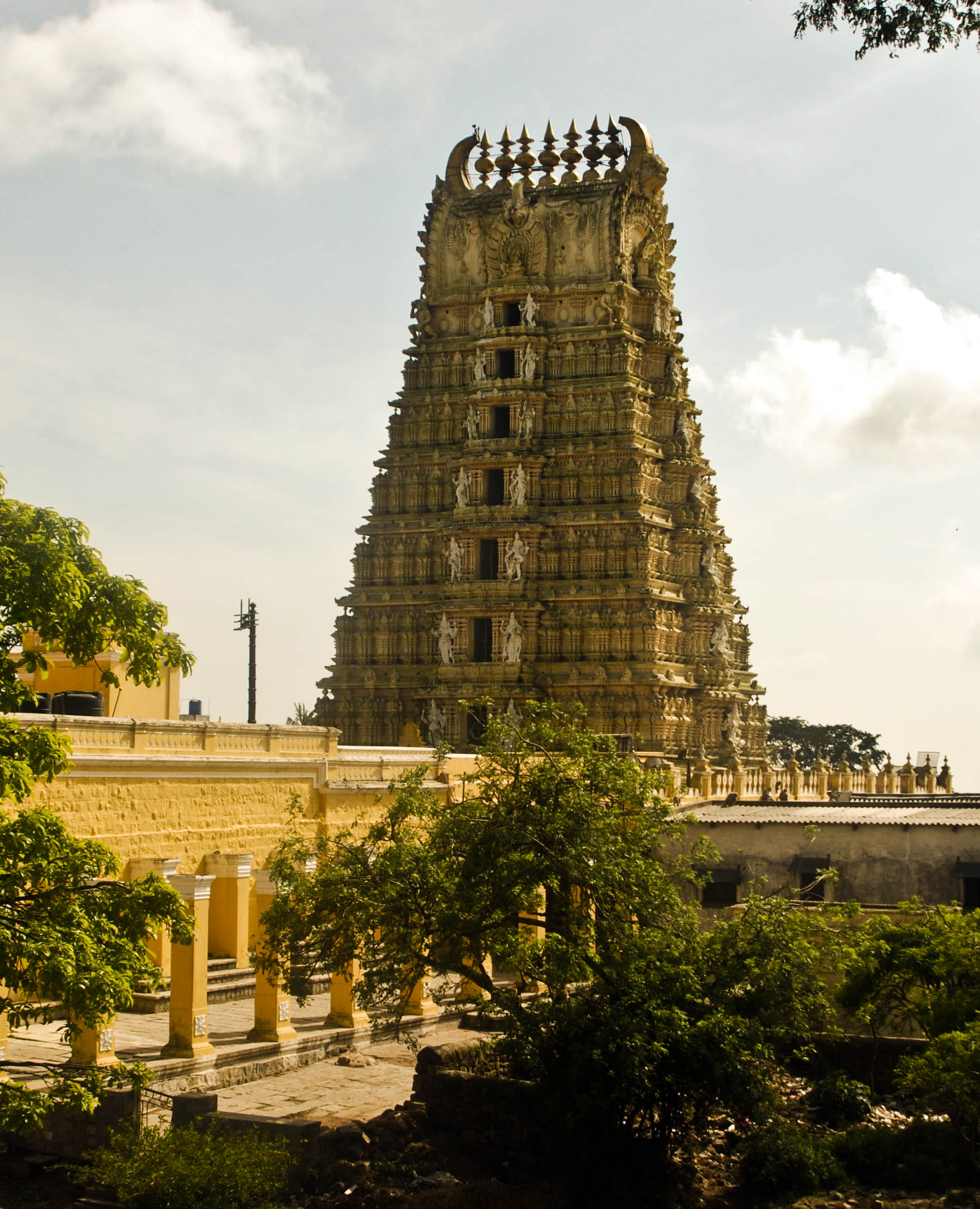|
Vyasaraja Math (Sosale)
Sri Vyasaraja Math (also written as Vyasaraja Matha or Vyasaraja Mutt) () (formerly known as Poorvadi Math) is one of the three premier Dvaita Vedanta monasteries (matha) descended from Jagadguru Śrī Madhvacharya, Madhvācārya through Jayatirtha and Rajendra Tirtha (a disciple of Vidyadhiraja Tirtha) and their disciples. Vyasaraja Math, along with Uttaradi Math and Raghavendra Matha (Mantralayam), Raghavendra Math, are considered to be the three premier apostolic institutions of Dvaita Vedanta and are jointly referred as ''Mathatraya'' . It is the pontiffs and pandits of the ''Mathatraya'' that have been the principle architects of post-Madhva Dvaita Vedanta through the centuries. Among the mathas outside of Tulu Nadu region, among Madhwa mutts Vyasaraja Matha is the largest matha. Guru Parampara # Śrī Madhvacharya # Śrī Padmanabha Tirtha # Śrī Naraharitirtha # Śrī Madhava Tirtha # Śrī Akshobhya Tirtha # Śrī Jayatirtha # Śrī Vidyadhiraja Tirtha # Śrī R ... [...More Info...] [...Related Items...] OR: [Wikipedia] [Google] [Baidu] |
Dvaita Vedanta
Dvaita Vedanta (); (originally known as Tattvavada; IAST: ''Tattvavāda''), is a sub-school in the Vedanta tradition of Hindu philosophy. The term Tattvavada literally means "arguments from a realist viewpoint". The Tattvavada (Dvaita) Vedanta sub-school was founded by the 13th-century Indian philosopher-saint Madhvacharya. Madhvacharya believed in three entities: God, ''jiva'' (soul), and '' jada'' (''maya'', matter). The Dvaita Vedanta school believes that God and the individual souls ( jīvātman) exist as distinct realities, and these are dependent, being said that Vishnu (Narayana) is independent (''svatantra''), and Souls are dependent (''paratantra'') on him. The Dvaita school contrasts with the other two major sub-schools of Vedanta, the Advaita Vedanta of Adi Shankara which posits nondualism—that ultimate reality (Brahman) and human soul ( Ātman) are identical and all reality is interconnected oneness, and Vishishtadvaita of Ramanuja which posits qualified non ... [...More Info...] [...Related Items...] OR: [Wikipedia] [Google] [Baidu] |
Vyasatirtha
Vyāsatīrtha (), also called ''Vyasaraja'' or ''Chandrikacharya'', was a Hindu philosopher, scholar, polemicist, commentator and poet belonging to the Madhwacharya's Dvaita order of Vedanta. As the rajaguru of Vijayanagara Empire, Vyasatirtha was at the forefront of a golden age in Dvaita which saw new developments in dialectical thought, growth of the Haridasa literature under bards like Purandara Dasa and Kanaka Dasa and an increased spread of Dvaita across the subcontinent. He himself composed many kīrtanas in Kannada and Sanskrit. Three of his polemically themed doxographical works ''Nyayamruta'', ''Tatparya Chandrika'' and ''Tarka Tandava'' (collectively called ''Vyasa Traya'') documented and critiqued an encyclopaedic range of sub-philosophies in Advaita, Visistadvaita, Mahayana Buddhism, Mimamsa and Nyaya, revealing internal contradictions and fallacies. His ''Nyayamruta'' caused a stir in the Advaita community across the country requiring a rebuttal by M ... [...More Info...] [...Related Items...] OR: [Wikipedia] [Google] [Baidu] |
Hindu Monasteries In India
Hindus (; ; also known as Sanātanīs) are people who religiously adhere to Hinduism, also known by its endonym Sanātana Dharma. Jeffery D. Long (2007), A Vision for Hinduism, IB Tauris, , pp. 35–37 Historically, the term has also been used as a geographical, cultural, and later religious identifier for people living in the Indian subcontinent. It is assumed that the term ''"Hindu"'' traces back to Avestan scripture Vendidad which refers to land of seven rivers as Hapta Hendu which itself is a cognate to Sanskrit term ''Sapta Sindhuḥ''. (The term ''Sapta Sindhuḥ'' is mentioned in Rig Veda and refers to a North western Indian region of seven rivers and to India as a whole.) The Greek cognates of the same terms are "''Indus''" (for the river) and "''India''" (for the land of the river). Likewise the Hebrew cognate ''hōd-dū'' refers to India mentioned in Hebrew BibleEsther 1:1. The term "''Hindu''" also implied a geographic, ethnic or cultural identifier for people ... [...More Info...] [...Related Items...] OR: [Wikipedia] [Google] [Baidu] |
Vedanta
''Vedanta'' (; , ), also known as ''Uttara Mīmāṃsā'', is one of the six orthodox (Āstika and nāstika, ''āstika'') traditions of Hindu philosophy and textual exegesis. The word ''Vedanta'' means 'conclusion of the Vedas', and encompasses the ideas that emerged from, or aligned and reinterpreted, the speculations and enumerations contained in the Upanishads, focusing, with varying emphasis, on devotion, knowledge and liberation. Vedanta developed into many traditions, all of which give their specific interpretations of a common group of texts called the ''Prasthanatrayi, Prasthānatrayī'', translated as 'the three sources': the ''Upanishads'', the ''Brahma Sutras'', and the ''Bhagavad Gita''. All Vedanta traditions are exegetical in nature, but also contain extensive discussions on ontology, soteriology, and epistemology, even as there is much disagreement among the various traditions. Independently considered, they may seem completely disparate due to the pronounced ... [...More Info...] [...Related Items...] OR: [Wikipedia] [Google] [Baidu] |
Vaishnavism
Vaishnavism () ), also called Vishnuism, is one of the major Hindu denominations, Hindu traditions, that considers Vishnu as the sole Para Brahman, supreme being leading all other Hindu deities, that is, ''Mahavishnu''. It is one of the major Hindu denominations along with Shaivism, Shaktism, and Smartism. Its followers are called Vaishnavites or ''Vaishnava''s (), and it includes sub-sects like Krishnaism and Ramanandi Sampradaya, Ramaism, which consider Krishna and Rama as the supreme beings respectively. According to a 2020 estimate by The World Religion Database (WRD), hosted at Boston University’s Institute on Culture, Religion and World Affairs (CURA), Vaishnavism is the largest Hindu sect, constituting about 399 million Hindus. The ancient emergence of Vaishnavism is unclear, and broadly hypothesized as a History of Hinduism, fusion of various regional non-Vedic religions with worship of Vishnu. It is considered a merger of several popular non-Vedic theistic traditio ... [...More Info...] [...Related Items...] OR: [Wikipedia] [Google] [Baidu] |
History Of Karnataka
The History of Karnataka goes back several millennia. Several great empires and dynasties have ruled over Karnataka and have contributed greatly to the history, culture and development of Karnataka as well as the entire Indian subcontinent. The Chindaka Nagas of central India Gangas, Rashtrakutas of Manyakheta,Dr. D.R. Bhandarkar argues that even the viceroys (''Dandanayaka'') of the Gujarat line hailing from the Rashtrakuta family signed their Sanskrit records in Kannada, examples of which are the Navasari and Baroda plates of Karka I and the Baroda records of Dhruva II. The Gujarat Rashtrakuta princes used Kannada signatures as this was the mode of writing in their native country, meaning Kannada country says Dr. Bhandarkar, ''A Concise History of Karnataka'', Dr. Suryanath U. Kamath Chalukyas of Vengi, Yadava Dynasty of Devagiri were all of Kannada origin who later took to encouraging local languages. In the medieval and early modern periods, the Vijayanagara Empire and th ... [...More Info...] [...Related Items...] OR: [Wikipedia] [Google] [Baidu] |
Paryaya
Paryaya is a religious ritual which takes place every alternate year in Sri Krishna Matha (Krishna Temple) of Udupi. The puja and administration of Krishna Matha is distributed among the Swamijis (seer or monk or pontiff) of Ashta Matha's established by Dvaita philosopher Sri Madhvacharya. Each swamiji of every matha gets chance to perform puja to Udupi Sri Krishna by rotation for a period of two years. During paryaya, the puja and administration of Krishna Matha is handed over from Swamiji of one of Ashta Matha to the Swamiji of another Ashta Matha. It takes place every two years in even numbered years of Gregorian calendar. On 18 January 2014, the puja and administration was handed over to Kaniyoor Mutt's Vidhyavallabhatirtha Swamiji from Sodhe Mutt's Vishwavallabhatirtha Swamiji. The paryaya takes place in the early hours of 18 January of even numbered year of Gregorian calendar at Udupi. The preparations starts from the previous year itself. The ascending Swamiji of Sarv ... [...More Info...] [...Related Items...] OR: [Wikipedia] [Google] [Baidu] |
Ashta Mathas Of Udupi
The Ashta Mathas of Udupi () are a group of eight ''mathas'' or Hindu monasteries established by Madhvacharya, the preceptor of the Dvaita school of Hindu thought with his direct disciples to be the first Swami, head of the matha. The Ashta Mathas are named after the villages in which they were originally located. Today, the mathas are situated in the temple town of Udupi. The mathas work to propagate the Dvaita philosophy. They also administer the Udupi Krishna Temple by way of a formal rotation scheme called ''Paryaya''. Each pair of mathas is called Dvandva (literally, ''two'' or ''dual''). The four pairs of mathas are: Palimaru and Adamaru; Krishnapura and Puttige; Shirur and Sodhe; and Kaniyooru and Pejavara. *Uttaradi Math *Mathatraya of Tattvavada *Madhva Mathas References *Around the Car Street External links Official ...
|
Karnataka
Karnataka ( ) is a States and union territories of India, state in the southwestern region of India. It was Unification of Karnataka, formed as Mysore State on 1 November 1956, with the passage of the States Reorganisation Act, 1956, States Reorganisation Act, and renamed ''Karnataka'' in 1973. The state is bordered by the Lakshadweep Sea to the west, Goa to the northwest, Maharashtra to the north, Telangana to the northeast, Andhra Pradesh to the east, Tamil Nadu to the southeast, and Kerala to the southwest. With 61,130,704 inhabitants at the 2011 census, Karnataka is the List of states and union territories of India by population, eighth-largest state by population, comprising 31 List of districts in India, districts. With 15,257,000 residents, the state capital Bengaluru is the largest city of Karnataka. The economy of Karnataka is among the most productive in the country with a gross state domestic product (GSDP) of and a per capita GSDP of for the financial year 2023– ... [...More Info...] [...Related Items...] OR: [Wikipedia] [Google] [Baidu] |
Mysore
Mysore ( ), officially Mysuru (), is a city in the southern Indian state of Karnataka. It is the headquarters of Mysore district and Mysore division. As the traditional seat of the Wadiyar dynasty, the city functioned as the capital of the Kingdom of Mysore for almost six centuries (). Known for its heritage structures, palaces (such as the famous Mysore Palace), and its culture, Mysore has been called the "City of Palaces", the "Heritage City", and the " Cultural capital of Karnataka". It is the second-most populous city in the state and one of the cleanest cities in India according to the Swachh Survekshan. Mysore is situated at the foothills of the Chamundi Hills. At an altitude of above mean sea level, the city of Mysore is geographically located at 12° 18′ 26″ north latitude and 76° 38′ 59″ east longitude. It is about southwest of the state's capital, Bangalore, and spreads across an area of (city and neighbouring census towns). The population of th ... [...More Info...] [...Related Items...] OR: [Wikipedia] [Google] [Baidu] |
National Sanskrit University
National Sanskrit University, is a Central university (India), central university in Tirupati, Andhra Pradesh, India. In addition to regular courses at undergraduate (bachelor's) and postgraduate (master's) degree level, the university also offers several distance learning courses. Sahitya, Vyakarana, Advaita Vedanta, Dwaita Vedanta, Phalita Jyotisham, Purana Ithihasa, Yoga Shastra are some subjects in which courses are offered. History The school was established in 1956 under Ministry of Education by Government of India to propagate Sanskrit studies, traditional Sastras and Pedagogy. In considering its achievements and potential for research in Traditional Sastras the university was given the status of Center of Excellence in Traditional Sastras during the X plan period in 1989. In March 2020, the Indian Parliament passed the ''Central Sanskrit Universities Act, 2020'' to upgrade Rashtriya Samskrita Vidyapeetha, a deemed to be university to a Central university (India), ce ... [...More Info...] [...Related Items...] OR: [Wikipedia] [Google] [Baidu] |
Akshobhya Tirtha
Shree Akshobhya Tirtha ( 1282- 1365) was a Dvaita philosopher, scholar and theologian. Born as Govinda Bhatta, he received sannyasa from Padmanabha Tirtha and later succeeded Madhava Tirtha as the pontiff of the Madhvacharya Madhvacharya (; ; 1199–1278 CE or 1238–1317 CE), also known as Purna Prajna () and Ānanda Tīrtha, was an Indian philosopher, theologian and the chief proponent of the ''Dvaita'' (dualism) school of Vedanta. Madhva called his philosophy ... peetha from (1350 - 1365). A non-extant work titled ''Madhva Tantra Samgraha'' is attributed to him. Sharma contends that Akshobhya retired to Pandharapur in his twilight years where he encountered a youth called Dhondu Pant on the banks of Bhima river, who would later go on to be his disciple and successor, Jayatirtha. His mortal remains rest at Malkhed. Sri Akshobhya Tirtha installed the idol of Sri Narasimha in Mulbagal. Main Matha lineage continued through Jayatirtha and along with this Aksho ... [...More Info...] [...Related Items...] OR: [Wikipedia] [Google] [Baidu] |





